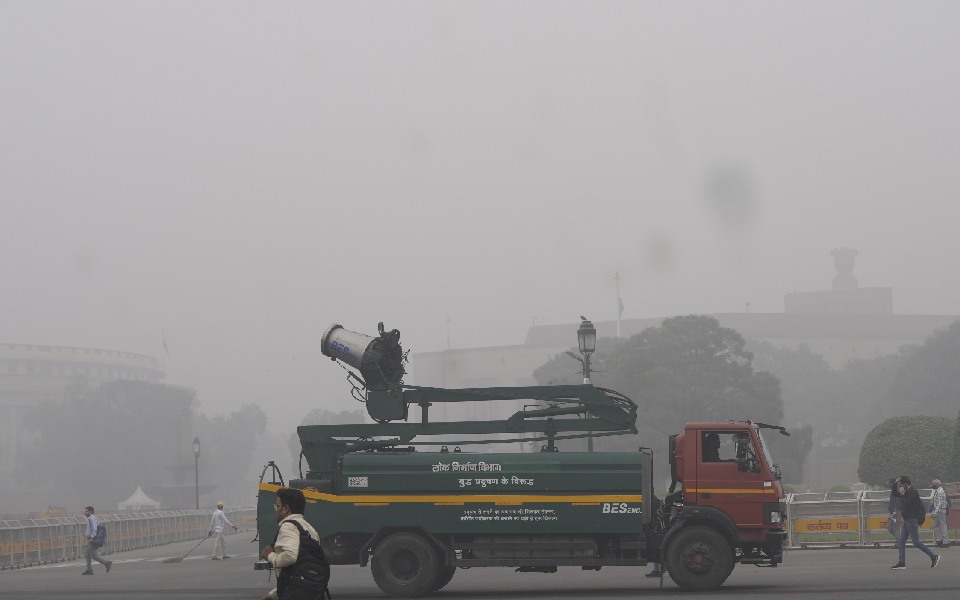Mumbai (PTI): A college in Mumbai stopped girl students from entering the premises while wearing burqa, but relented after a protest by parents and students and intervention by senior police officials.
The security guards at the Chembur-based college asked students to remove their burqas (Islamic veil) before entering on Wednesday as the college has its own uniform, a police official said.
It led to a row as parents of the students also reached the college and videos of scenes outside the gate began to circulate, he said.
Senior police officials rushed to the spot and discussed the issue with the parents and the college authority.
The Muslim girl students said they were ready to remove the burqa inside, but will wear scarves in the classroom, the official said.
Tension was defused after the college management agreed to this. The girls shall take off the burqa in the washroom before attending classes, he said.
A group of Muslim students studying at Chembur’s Acharya College, Mumbai were allegedly denied entry into the institute for wearing burqa. The students claimed that in order to enter the college, they had to take off their burqas. pic.twitter.com/38o8JAyVXo
— Charlotte (@Doodiedcewc) August 3, 2023
Let the Truth be known. If you read VB and like VB, please be a VB Supporter and Help us deliver the Truth to one and all.
New Delhi, Nov 13: Delhi recorded the country's worst air quality on Wednesday as it turned 'severe' for the first time this season, with the AQI soaring to 418.
Bihar's Hajipur, with an Air Quality Index (AQI) of 417, had the the second-worst reading in the country, Central Pollution Control Board (CPCB) data showed.
Of Delhi's 36 monitoring stations, 30 reported air quality in the 'severe' category, the CPCB said.
In comparison, the national capital's 24-hour average AQI -- recorded at 4 pm every day -- stood at 334 on Tuesday.
An AQI between zero and 50 is considered 'good', 51 and 100 'satisfactory', 101 and 200 'moderate', 201 and 300 'poor', 301 and 400 'very poor', 401 and 450 'severe' and above 450 'severe plus'.
According to the CPCB data, the city's AQI was in the 'severe' category for three days in January.
On January 14, the AQI was recorded at 447, followed by 409 each on January 24 and 26.
The CPCB said 'severe' AQI affected healthy people and seriously impacted those with existing medical conditions.
The air quality in the national capital had been in the 'very poor' category since it plunged to the level on October 30.
According to the Centre's Decision Support System for Air Quality Management, vehicular emission was the top contributor to Delhi's pollution, with an estimated share of approximately 13.3 per cent.
The other prominent pollutants were PM2.5 and PM10.
PM2.5 and PM10 refer to fine particulate matter in the air, with the numbers indicating their size in micrometres.
PM2.5 are fine particles with a diameter of 2.5 micrometres or less, about the width of a human hair. These are so small that these can penetrate deep into the lungs and even enter the bloodstream, posing significant health risks.
PM10 are coarser particles with a diameter of 10 micrometres or less, about the width of 10 human hairs. While not as concerning as PM2.5, these can still irritate the airways and worsen respiratory problems.
Long-term exposure to these particulate matter can increase the risk of heart disease.





